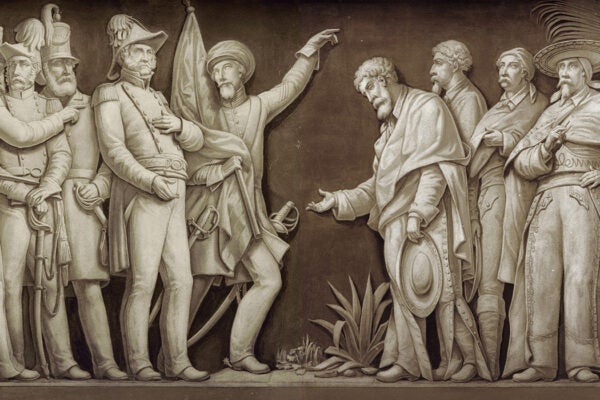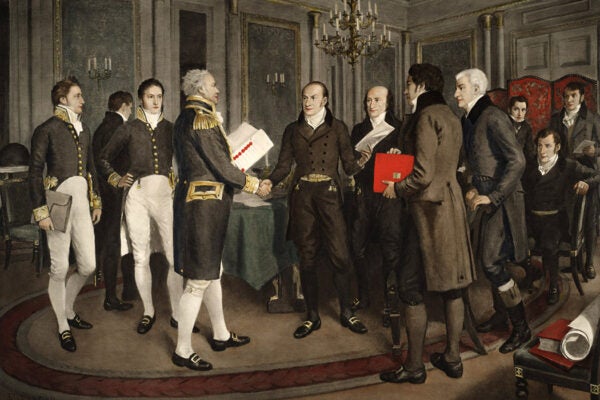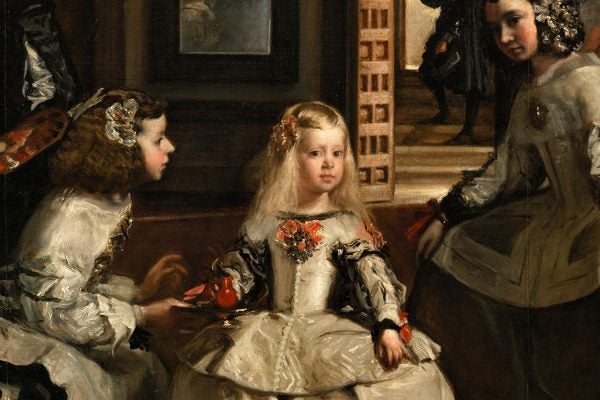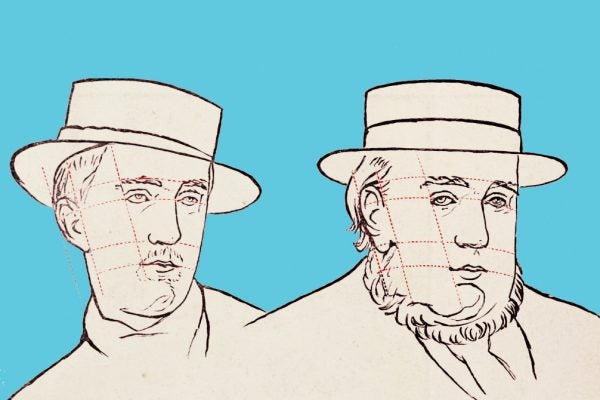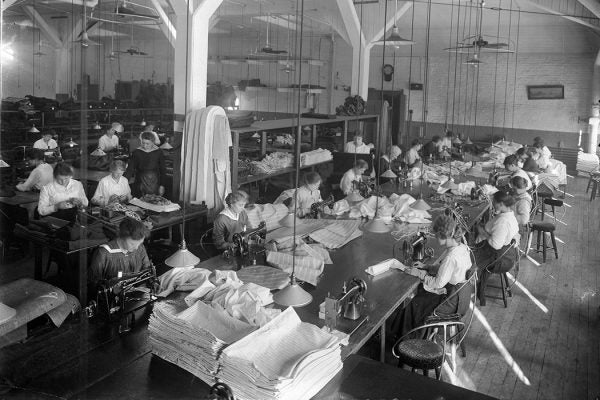Sinners in the Hands of an Angry God: Annotated
Jonathan Edwards’s sermon reflects the complicated religious culture of eighteenth-century America, influenced not just by Calvinism, but Newtonian physics as well.
Controversy and Conjugal Visits
Conjugal visits were first allowed as incentives for the forced labor of incarcerated Black men, the practice expanding from there. Is human touch a right?
The Treaty of Guadalupe Hidalgo: Annotated
Signed February 2, 1848, the treaty compelled Mexico to cede 55 percent of its territory, bringing more than 525,000 square miles under US sovereignty.
Laura Bassi, Enlightenment Scientist
The Italian physicist and philosopher was the first woman to earn a doctorate in science and the first salaried female professor at a university.
The Treaty of Ghent: Annotated
The Treaty of Ghent ended the War of 1812, an oft overlooked conflict that continues to shape the politics and culture(s) of North America.
The Woman Famous for Not Sleeping With a King
As a lady-in-waiting to the Queen of England, Frances Stuart was known as much for her ability to fend off the advances of King Charles II as for her beauty.
Who Was the Little Girl in Las Meninas?
A Spanish princess who became a German queen, Margarita Teresa lived a life structured by Catholicism and cut short by consanguinity.
Body Double
Long before the imposture of Anna Delvey, the Tichborne Claimaint swept a nation’s imagination.
The Algerian War: Cause Célèbre of Anticolonialism
On July 5, 1962, Algeria declared its independence after 132 years of French occupation. The transition was chaotic and violent, but inspired revolutionaries worldwide.
Pullman Women at Work: From Gilded Age to Atomic Age
Pullman resisted hiring women and did his best to keep attention away from the company’s female employees.


